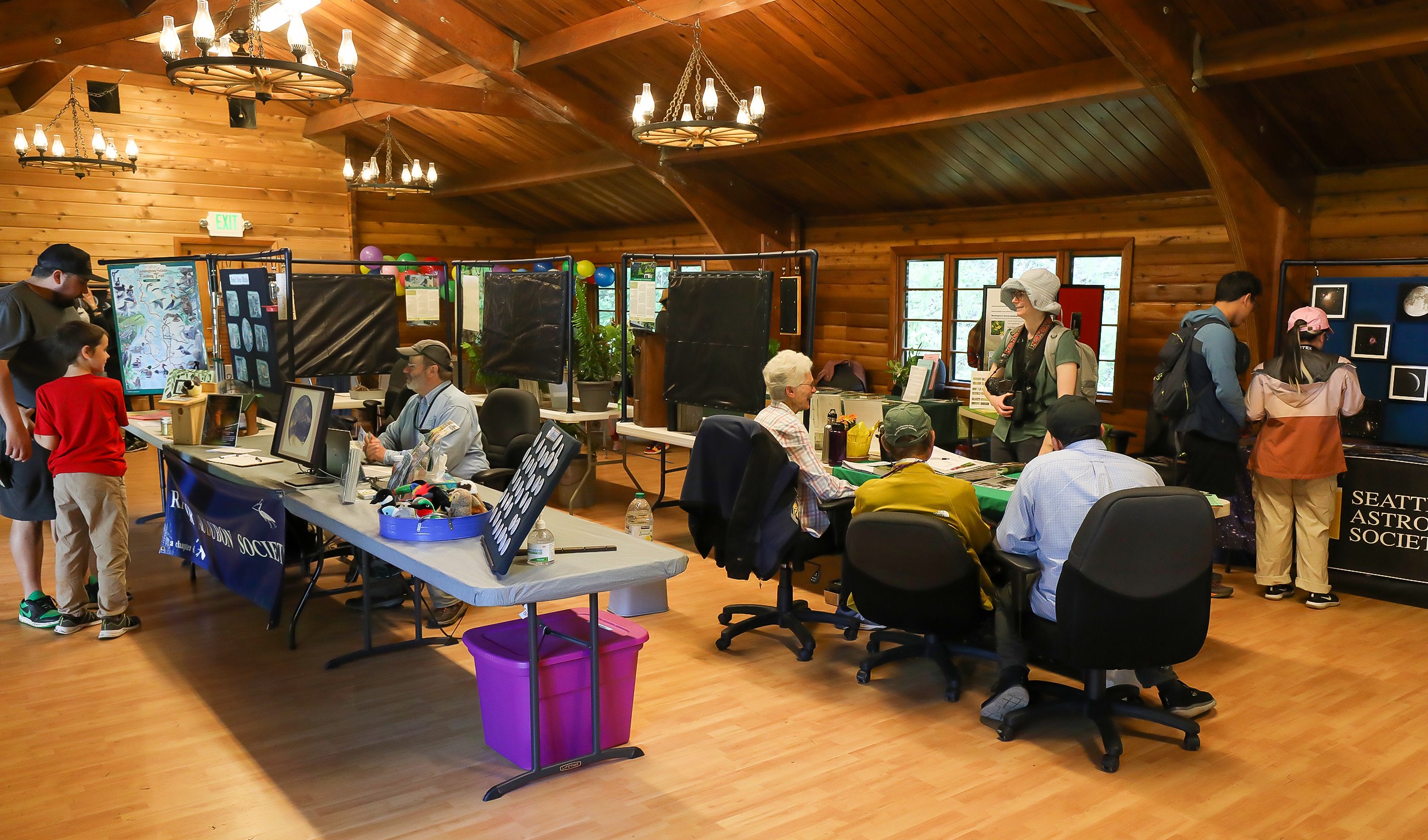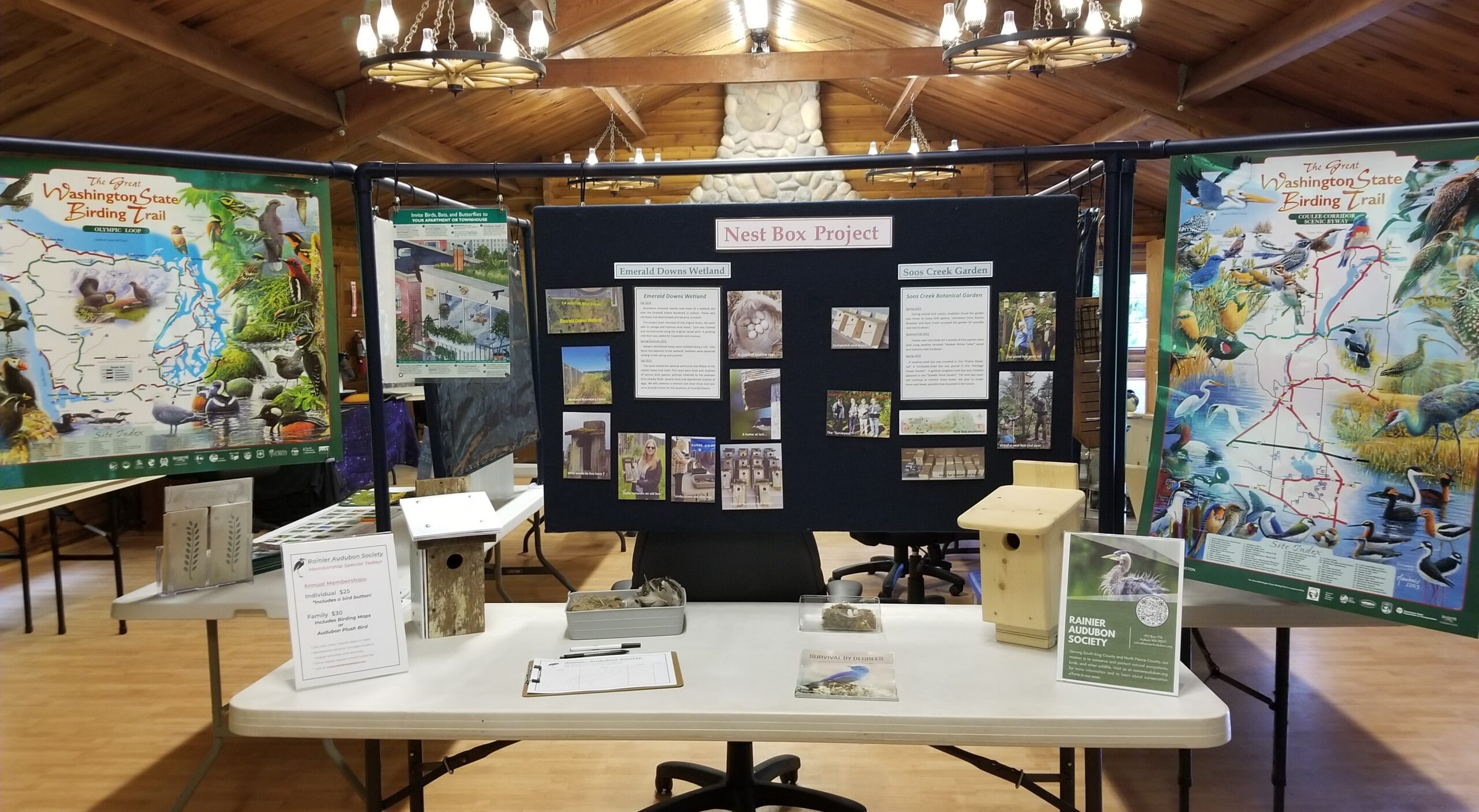
Mewsings from Millie
Note: Millie, no longer with us, was the big, beautiful cat who lived at the Wild Birds Unlimited store in Burien for nearly fifteen years. Very observant and intelligent, Millie wrote a monthly column to share with us what she saw and overheard while supposedly sleeping. [Reprinted from November 2017]

Hello, and welcome to my musings!
It’s that time of year again. Time, that is, for people all across the continent to take part in their local Christmas Bird Count.
How did this come about? Way back in the old days before the turn of the 20th century, hunters would participate in a holiday tradition that they called the Christmas “Side Hunt”. They would choose sides, head out with their guns and compete to see who could bring back the greatest number of birds.
The conservation movement was just beginning, and many observers and scientists were becoming increasingly concerned about declining bird populations. Then on Christmas Day in 1900, an ornithologist named Frank M. Chapman made a proposal for a new holiday tradition. He suggested that people count birds rather than shoot them.
So the Christmas Bird Count (CBC) was born. 25 counts were held that day thanks to Mr. Chapman and 27 dedicated birders. The locations ranged from Toronto, Ontario to Pacific Grove, California. When all the counts were combined the tally was around 90 species.
These days each year from December 14 through January 5, tens of thousands of volunteers throughout the US and Canada brave snow, wind or rain to take part in this great effort. Teams are usually coordinated through local Audubon chapters. Each chapter picks a date on which to hold its count and birds are counted by participants from sunup to sundown, and in the dark.
The data collected by these birders allow Audubon researchers, conservation biologists, wildlife agencies and other interested individuals to study the long-tern health and status of bird populations across North America and guide conservation action. This long-term perspective informs strategies to protect birds and their habitats and helps identify environmental issues with implications for people as well as birds.
Using data collected from the CBC, Audubon produced its first Climate Change Report in 2014. This first-of-its-kind study predicts how climate change could affect the ranges of 588 North American birds. The models created indicate that 314 species will lose more than 50% of their current range by 2080.
The Environmental Protection Agency included Audubon’s climate change work from CBC data as one of the 26 indicators of climate change in its 2012 report.
In 2009, CBC data were instrumental in the collaborative report by the North American Bird Conservation Initiative and the US Fish & Wildlife Service called State of the Birds 2009.
In 2007, CBC data were used in the development of Audubon’s Common Birds in Decline Report which revealed some of America’s most beloved and familiar birds have declined in number over the past forty years.
As you can see, this is really important information! So is the Christmas Bird Count! Why not contact your local Audubon chapter to see how you can participate?!



